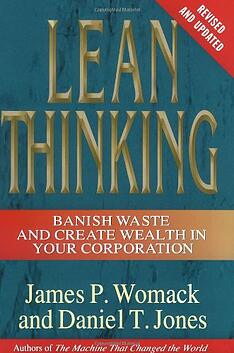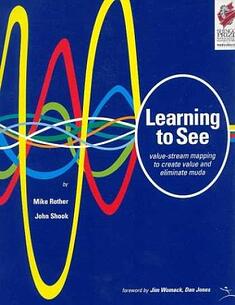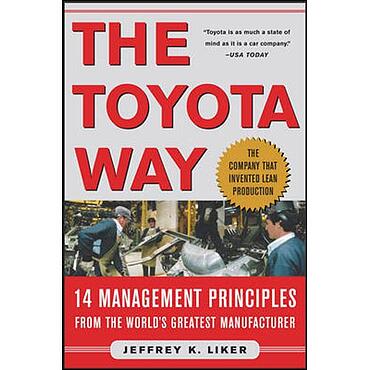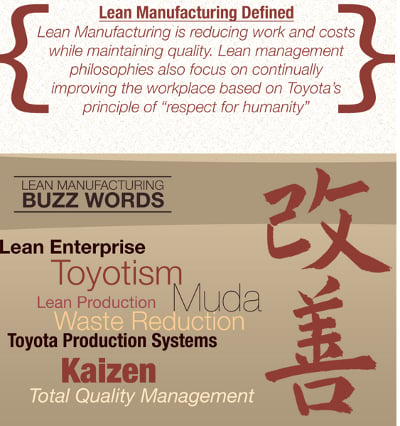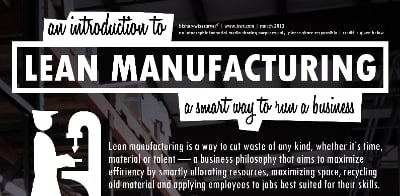 Guest post by Alicia R. Maher, M.D.
Guest post by Alicia R. Maher, M.D.
Being an integrative psychiatrist, I treat patients using western medicine, alternative treatments and a wide variety of lifestyle interventions. When treating ADHD, I find that bringing all of these practices together is the most beneficial approach. One powerful, yet often not implemented practice, is that of exercise. As someone who has had ADHD myself, I know how difficult it can be to follow through when someone makes a wonderful suggestion such as ‘go exercise’. However, years of exercising and the great effects in my clients who exercise have convinced me that this is essential for those wanting to recover from, and thrive with, ADHD.
We know that symptoms of ADHD include restlessness, decreased concentration, poor follow-through, emotional reactivity, and others. We also know that these symptoms are related to an ineffective processing of neurotransmitters, such as dopamine, in the brain. Exercise not only increases the amount of dopamine available to help with concentration and follow-through, but exercise also produces natural endorphins that give one a general sense of calm and well-being. This can help with the restlessness that one with ADHD seems to have, always feeling like they need to be doing something. That sense of well-being can also decrease the emotional reactivity. Throughout the day and especially for the period of time right after exercise, there is calm and a greater ability to focus.
Sign up for our free webinar June 2, 2016 with Dr. Maher, From Scattered to Centered: Understanding and Transforming the Distracted Brain
So how can one with ADHD use exercise to help improve their symptoms? Often the temptation is to sleep in as long as possible before work and stay seated throughout the work day, leaving exercise for afterwards, when it might not do the most good. Exercising before work and then doing the high concentration tasks first thing when arriving to work will have this same effect, as will using the lunch hour to work out for those who have trouble concentrating in the afternoons after lunch. It is ideal if adults can work a couple of breaks, or ‘recess’, into their day. This might mean running up and down the stairs of the office building a couple of times, or taking a vigorous walk around a one story building. If you have a private office or are unconcerned with what others think, you can get up and dance at your desk for 5 to 10 minutes of music.

So what kind of exercise is best? Obviously, any movement is better than nothing. As a ‘prescription’ I would say 30 minutes of moderate intensity exercise 5 days a week (preferably the school or work days) is ideal. It is important to experiment with one’s self as to which exercise is the right amount to have increased concentration and an increased sensation of well-being in the brain, without the body being so tired that one just wants to rest afterwards. Usually this involves running or other cardio, that one builds up to 30 minutes as they are able. Joining a class, such as Zumba, where there is someone to follow and a group of people around can help with decreasing the boredom that causes those with ADHD to give up on an activity. Meeting someone to exercise with you can help with motivation and follow through, as will paying a personal trainer to guide you through workouts. The important thing is always to find what works for you and to keep making changes as you go along.
Figure out what makes you feel good, and then how to make it something you will actually do. Given someone with ADHD’s need for novelty, plan to change what you’re doing every month or two, whether that be through your trainer, taking a new exercise class, or just choosing new activities. If you plan to change it, every so often, right from the beginning, there is less chance that you will get bored, habituate to your current exercise effects and then be in risk of not continuing to exercise.
As always, if you are concerned about ADHD, in yourself or a loved one, you are advised to seek treatment with a healthcare professional.Alicia R Maher, M.D. is an Integrative Psychiatrist at the Akasha Center for Integrative Medicine in Santa Monica, CA. She is also the author of the self-help guide for ADHD entitled, From Scattered to Centered: Understanding and Transforming the Distracted Brain. Dr Maher enjoys helping people to understand the neuroscience behind our conditions and transform our lives, rather than just "fix" the disorder. For more information, please visit www.FromScatteredtoCentered.com, or sign up for the webinar on June 2, 2016.


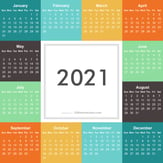
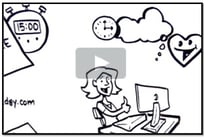





 Guest post by SC Moatti
Guest post by SC Moatti


 by Lorraine Segal
by Lorraine Segal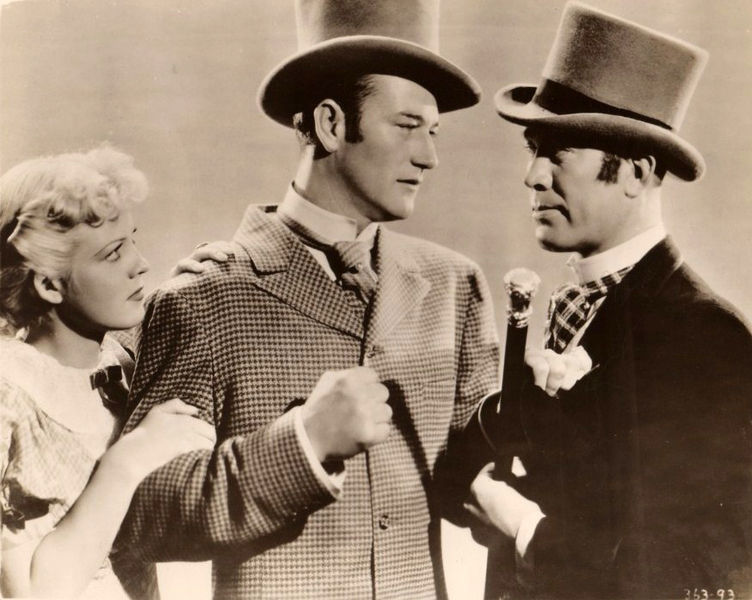_1.jpg?width=450&height=359&name=752px-conflict_(1936)_1.jpg)

 Why is this?
Why is this?